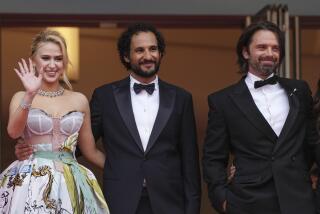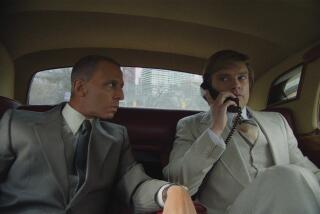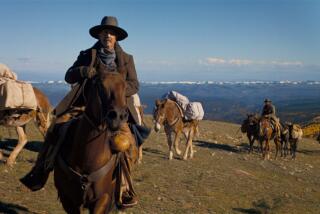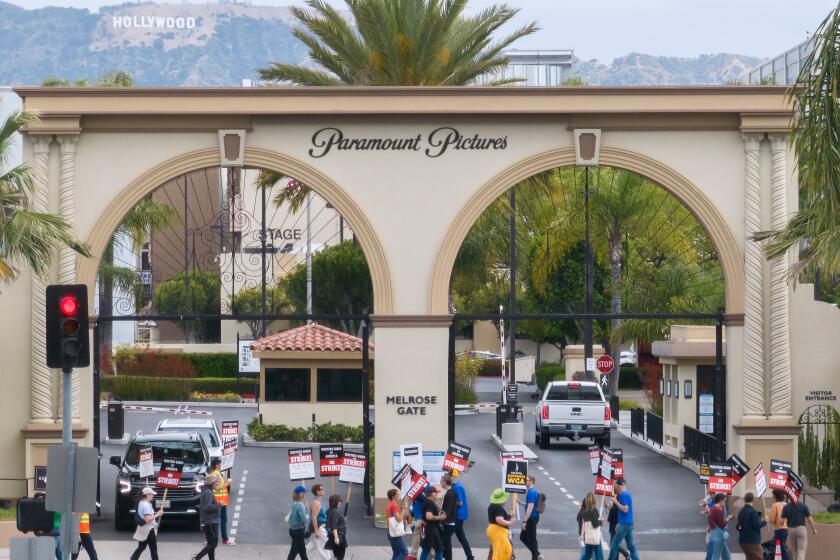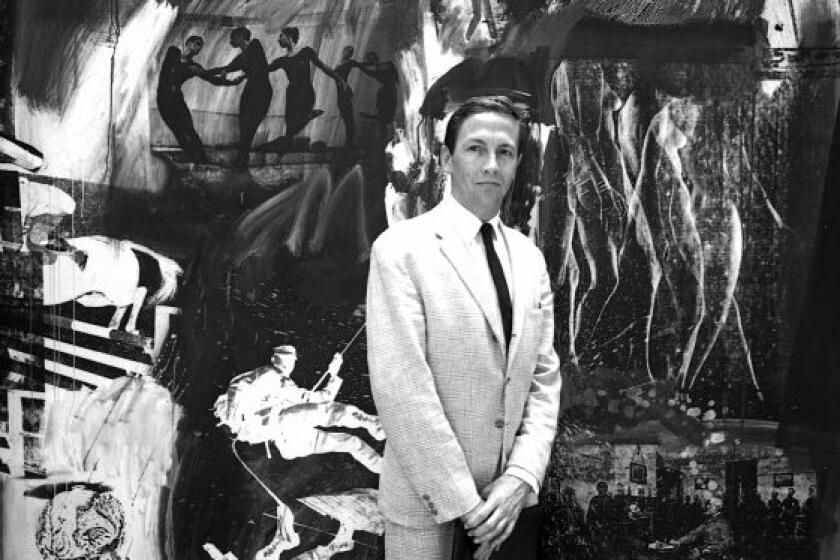Ruff Necks
THE MOVIE: “Tous les Matins du Monde”(“All the Mornings of the World”).
THE SETUP: A young viola player, Marin Marais (Guillaume Depardieu and later his dad, Gerard, pictured), becomes the pupil of a reclusive musical genius, Monsier de Saint Colombe (Jean-Pierre Marielle). A tempestuous, though hypothetical, relationship ensues as Marais becomes the darling of the court of Louis XIV and St. Colombe composes in obscurity in 17th-Century France.
THE COSTUME DESIGNER: Corinne Jorry, who also did “Madame Bovary.”
THE LOOK: To show the philosophical opposition between Marais and St. Colombe, Jorry creates worlds of garish color versus dour plainness with costumes so powerfully evocative they create a language of their own.
The message is laid out from the start. When Marais first enters St. Colombe’s house as a young man, his tattered red coat is so bright, so sensual, that it is almost an insult to the strict severity of St. Colombe’s coarse black coats and pleated ruff collars.
When Marais advances to “Musician in Ordinary to the King’s Chamber,” Jorry plays to the hilt the frankly female strains of men’s court fashion. He is a pampered, powdered, beribboned, high-heeled fop. Marais has clearly sold out, but he has also acquired a luscious wardrobe of embroidered satin coats, culottes and generously full lace shirts as yummy and rich as French pastry. Disgustingly rich, you could say.
THE SUBTLETIES: Notice also the plain beige dresses and shirts worn by St. Colombe’s doomed daughter, Madeleine (Anne Brochet), a color meant to indicate her indecision and lack of cleverness, says director Alain Corneau. The more calculating daughter, Toinette (Carole Richert), who escapes her father’s oppression, wears too-tight dresses of yellow, rust and burgundy to appear like an explosion of life.
QUOTED: “We wanted to go a little too far in showing the clothes of Louis XIV. Men almost dressed like women. The colors were very bright and contrasting. We wanted to portray the dark side of the century, so that each time someone came from Versailles it’s as if he brought the whole Versailles with him. We wanted to show the bourgeois side of Versailles,” says Corneau.
THE RESEARCH: The 17th-Century portrait paintings of Philippe de Champaigne and Georges de la Tour were the inspirations for St. Colombe and Marais, respectively, along with the rest of the Louis XIV court. Also, the only existing portrait of Marais was found in a Chantilly, France, museum.
THE SOURCES: Costumes were made at L’Atelier du Costumes in Paris incorporating some original period embroidery. St. Colombe’s ruffs are originals from the period belonging to a Lyons, France, collector.
More to Read
Only good movies
Get the Indie Focus newsletter, Mark Olsen's weekly guide to the world of cinema.
You may occasionally receive promotional content from the Los Angeles Times.
